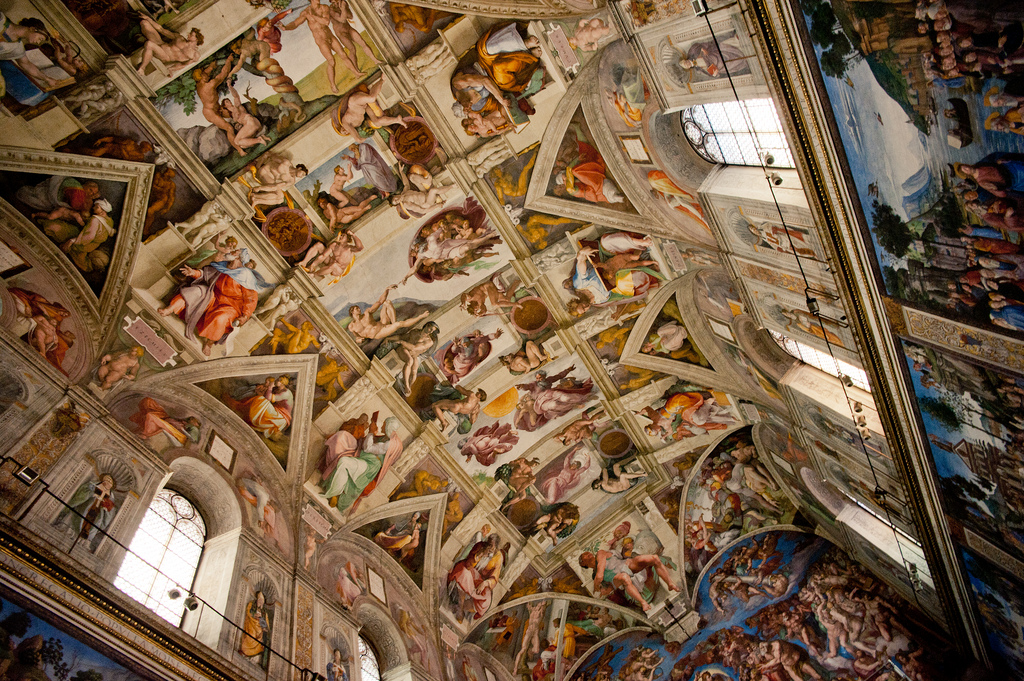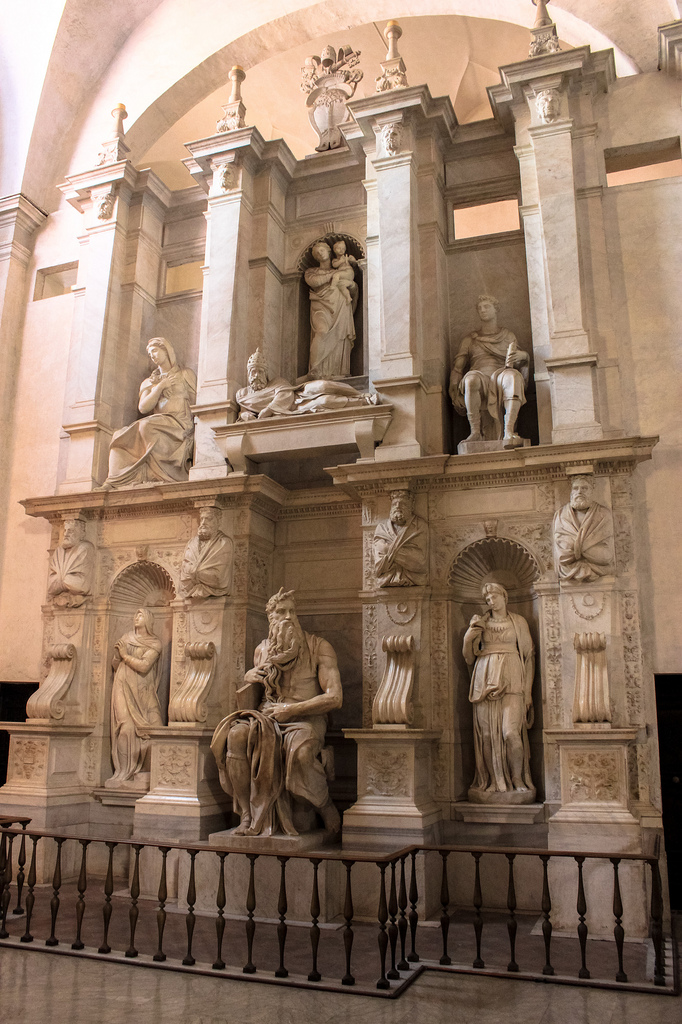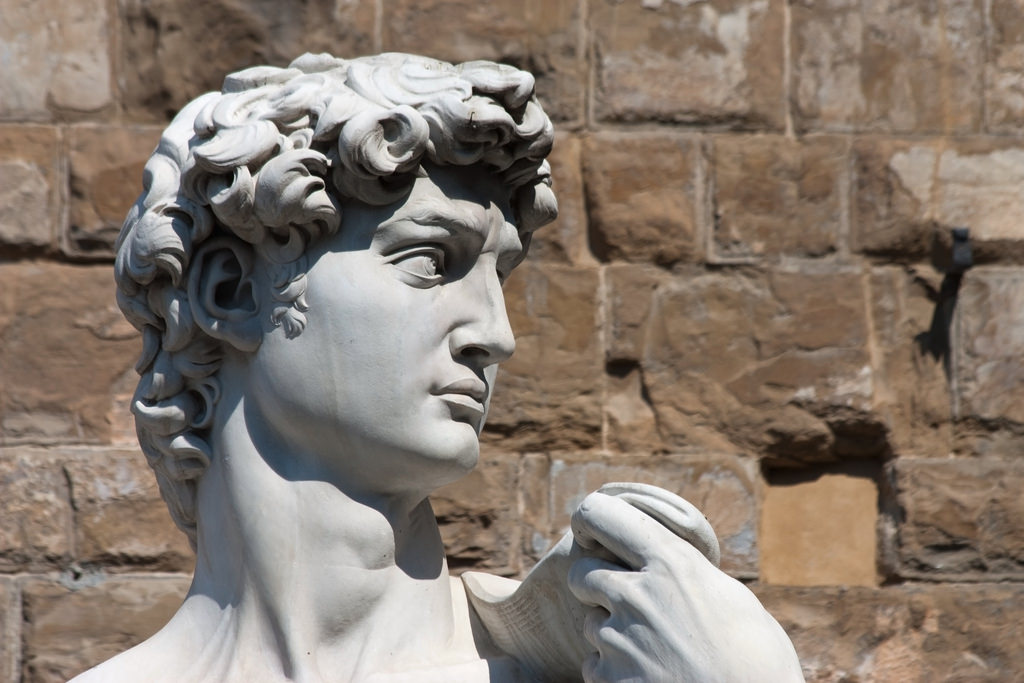I recently spent a long weekend in Rome. While I was there, I was surrounded by art, by masterpieces. Creativity was everywhere.
From the painters I walked by in the promenade, to the Sistine Chapel and Coliseum, to the artful way dishes are put together. You could tell everything was created with such passion, precision, and focus.
We don’t have time anymore to produce work of that quality.

We live in such a fast-paced world of meetings, emails, notifications and various other tasks that we simply can’t find the time to sit down and really focus. All these tools designed to help us work, actually do everything but.
On top of this, there’s other day-to-day pressures. You’re below targets, your boss is unhappy, they wanted results yesterday, and so on, and so on…
At least that’s the perception. What we say as an excuse.
But those painters in the promenade, they sit in a crowded area and are able to focus on nothing but their work. No people watching, no phone checking, no incoming emails.
It’s still possible to create a masterpiece. It just requires patience and focus a lot of us don’t want to deal with.
Michelangelo didn’t finish Pope Julius II’s tomb until 40 years after he started, needing to start over or pivot several times. He worked on the Sistine Chapel’s ceiling for 3 years, enduring numerous difficulties and grueling day-to-day work.
That kind of dedication doesn’t mesh with today’s content culture, where there are 1,400 new blog posts published each minute.
But in order to create masterpiece content, you need to work like a master.
Michelangelo: world-class content marketer
The works Michelangelo produced were truly world-class masterpieces. The level of detail put into the Sistine Chapel is unbelievable.
“The future belongs to those who learn more skills and combine them in creative ways.” – Robert Greene
This clearly wasn’t done by just any artist…it was done by a master. Someone who put in the time and experience to learn the hard lessons and figure out what to do right. They’ve already made mistakes and can spend their lives creating perfection.
Like I mentioned before, Pope Julius II’s tomb was almost a failure. In fact, it failed several times, only to be picked back up. And the finished product 40 years later was nothing like the original plan. He made mistakes along the way, then pivoted to fix and improve them. But the finished project was a masterpiece.
(image via Flickr)
And Michelangelo wasn’t just a master in his own time. Even now, over 500 years later, it’s just as spectacular, if not even more so. Because you don’t see masterpieces like this being created any more. This is content which has passed the test of time.
It’s just like evergreen content, pieces that stay relevant and valuable over time. And evergreen content can continue to bring in traffic way after it’s published, accumulating SEO, subscribers, and social media shares along the way.
How many e-books, white papers, and infographics created today would be just as impressive in a few centuries? It hurts to admit, but most of them are outdated by today’s standards within a year. Part of it’s our attention spans, but it’s also about the longevity and quality of our content.
How to create Michelangelo-level content
Create evergreen pieces
As I mentioned earlier, evergreen content has long-term value. But only when it’s high quality. Putting in the extra time and effort is an equal trade-off for creating something that will stay relevant for years to come.
Eliminate distractions
Michelangelo had a clear vision for what he wanted to produce, and focused completely on achieving it.
He didn’t worry about achieving inbox zero, missing something on social media, or the constant “bzzz bzzz” of smartphone notifications. He just got on with what he needed to do – creating a masterpiece.
He didn’t have the benefits of technology, but he didn’t have the distractions of it either. What if content marketers had that mindset?
Focus on content, not failure
“Things that have to work rarely do any more – Seth Godin, Purple Cow”
I wrote last year about how the fear of failure is ironically the most likely reason most people will fail. A self-fulfilling prophecy at its finest.
What could you achieve if you took that fear away and were free to produce what you really wanted to?
“The greater danger for most of us lies not in setting our aim too high and falling short; but in setting our aim too low, and achieving our mark.” – Michelangelo
Follow your passion
Remove everything else from the equation. Forget about budgets, deadlines, meetings, resources, and guidelines. Just focus on creating something outstanding.
What would you create? With 100% creative freedom to follow your inspiration. To choose the idea you think you can do best and run with it all the way.
Given his “Renaissance man” status as a painter, sculptor, and architect, Michelangelo really wasn’t limited by anything. Not budgets, word count, brand guidelines, or even medium.
This is where marketers can really win big.
Following your passion and inspiration, and focusing on the work it creates – that’s where quality content comes from.
This is the mindset we need. To follow your passion to great content.
Imagine coming up with a crazy content idea, but you see the potential in it. And you could just drop everything and grab the resources you need to go get it done. Unlimited time and money. Any idea you select.
Invest time and effort for quality
Michelangelo worked on the Sistine Chapel’s ceiling for four years. Four physically taxing, gruelling years. David took three. That’s no content farm.
(image via Flickr)
Instead of trying to quickly create 10 articles and moving on to the next batch, why don’t you create one outstanding one? Then spend more time promoting it to the people it’s perfect for – those who will really benefit from and engage with it.
Being good hasn’t been good enough for a long time.
The quality vs. quantity argument might never have a clear winner – especially when it’s so circumstantial. But the trends show that over time, people care more about experiences, not stuff, quality of food vs. all-you-can-eat buffets, etc. So I think we’ve found a winner for now.
The same is true with content. Good isn’t good enough – you need to create your Sistine Chapel.
To do that, you have to go the extra mile – you need to create 10X content and really be 10 times better than your competitors – otherwise, you’re just playing catch-up.
Ask these 2 questions to think like Michelangelo
It takes guts to think big, and you need to be prepared to fail along the way.
Start by asking yourself, “Do I want to keep everyone happy, play it safe and produce lots of content? Or do I want to be the Michelangelo of content marketing and create a masterpiece which will be talked about in years, decades and centuries to come?”
The right answer seems pretty clear.





